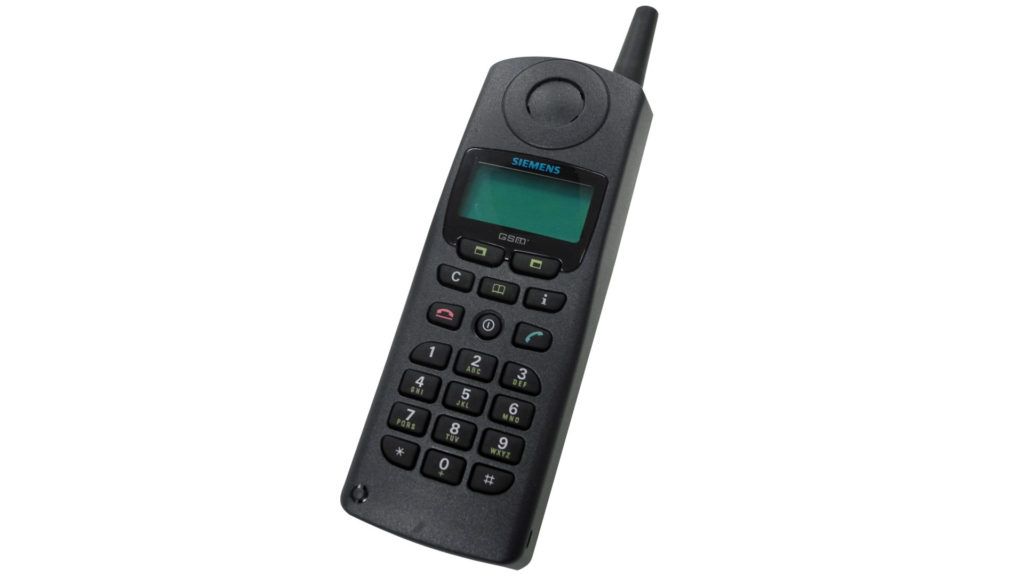Last weekend, the internet was awash with the news that the cell phone messaging service SMS (short message service) has now reached the grand old age of 30 years. The actual date of birth was hotly contested, but one thing is certain – SMS remains a highly popular communication channel.
On December 3rd, 1992, British programmer Neil Papworth indeed sent the first SMS text as a test message to a “mobile phone” belonging to Vodaphone manager Richard Jarvis. To send the “Merry Christmas” greeting though, Papworth had to use his computer. However, the idea for the SMS originates from the mid-1980s. The short message service had already been included in the digital mobile phone standard GSM as early as 1985, while the first version of the technical specifications was adopted by the largely state-owned postal service in 1991.
Incidentally, it is thanks to the two engineers Friedhelm Hillebrand of the then Deutsche Bundepost and Bernard Ghillebaert, who was responsible at the time for the GSM development and standardization project at France Télécom, that the length of an SMS message is limited to just 160 characters. After some research, Hillebrand came to the conclusion that most telexes and post cards got by with even less text.
The regular operation of SMS in GSM networks only began in 1995. To this day, it’s still a subject of debate which cell phone – a Nokia 2110 or Siemens S3 – was the first equipped for the service. SMS was free when first introduced, but network operators soon started to monetize the service. In the early years of the millennium, the price was between eight and 19 cents per SMS. The wholesale price also rose substantially, rapidly killing off many free SMS services offered on websites.

In the meanwhile, it has become standard practice virtually across the board to include SMS in contracts, at least within the customer’s home country. For communication between private customers, the service has lost much of its significance, and has largely been superseded by OTT messaging services such as WhatsApp, Signal and Threema, which offer benefits like end-to-end encryption and group chat functions, but (at least thus far) are also not interoperable.
The all-time high for SMS transmission in Germany was 2012, when nearly 60 billion text messages were sent. But that doesn’t mean that SMS is anywhere near its end: In 2021, 7.8 billion messages were sent out through the ether via SMS in Germany.
As the smallest common denominator, it’s hard to beat SMS: The service works on every mobile phone on the market as soon as it’s hooked up to the cellular network. A data or internet connection isn’t required.
SMS facilitates the convenient, secure operation of many, especially time-critical business processes. A high-performance SMS service can make transactions considerably easier and help to save costs. For instance, financial service providers send their customers online banking mTANs to authorize transactions. Online portals share login details for two-factor authentication. Car sharing providers confirm the registration of those hiring vehicles and keep them informed about their bookings.
With Retarus’ Cloud SMS Services you send and receive SMS messages directly from or to your applications, no matter whether you’re using a desktop or web application. Across the globe, cost-efficiently and reliably via Retarus’ SMS API. Once connected to the Retarus Enterprise Cloud, you reach 99 percent of all mobile networks around the world. Interested in finding out more? Take a look at our website or get in touch with your local Retarus representative.




